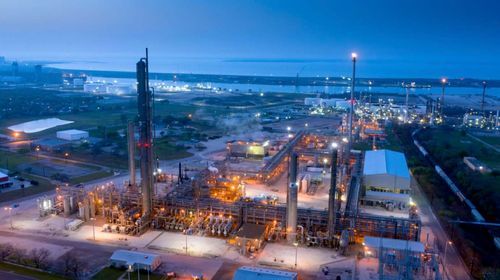Maritime Partners, LLC, a provider of maritime financing solutions primarily focused on Jones Act vessels, has received a Design Basis Agreement from the U.S. Coast Guard for the M/V Hydrogen One towboat that includes e1 Marine hydrogen generator technology that will be utilized for the vessel’s power plant.
M/V Hydrogen One is being designed as a first-of-its-kind vessel using new, cleaner, fuel cell technology that works by converting stored methanol to hydrogen, according to a news release. The produced hydrogen is output, on-demand, to the fuel cell to generate power for the vessel. A successful string test of this technology was completed in Gothenburg, Sweden, in June 2023, proving it to be a viable option as the sole power generation source for vessel propulsion.
“The signing of this agreement opens the pathway for us to deploy our technological capabilities,” said Bick Brooks, co-founder and CEO of Maritime Partners. “With this, Hydrogen One is one step closer to becoming the world’s first vessel to utilize hydrogen generator technology greatly reducing emissions, increasing efficiency and providing a model for cleaner energy use as the industry continues to seek ways to decarbonize.”
The DBA process was established by the U.S. Coast Guard to set the rules for new and novel technology proposed for installation on marine vessels. Maritime Partners worked with several industry leaders on the Hydrogen One project, including Seattle-based Elliott Bay Design Group, who is designing the towboat; Bourg, La.-based Intracoastal Iron Works who is the selected shipyard; e1 Marine, RIX Industries, Power Cell Group, among others, in order to work through the U.S. Coast Guard requirements.
“Maritime Partners is strongly committed to developing and utilizing sustainable, clean energy solutions, as the entire maritime industry continues to seek alternative fuel options that are cleaner, greener and more efficient. The development of Hydrogen One is part of that commitment,” said Dave Lee, Maritime Partners’ VP of Technology & Innovation.
The signing of this DBA ensures that as the M/V Hydrogen One project advances Maritime Partners will be working towards an agreed upon framework with the U.S. Coast Guard for the design, arrangement, and engineering aspects of the power system and associated safety systems for plan review, inspection, and eventual certification of the M/V Hydrogen One.






